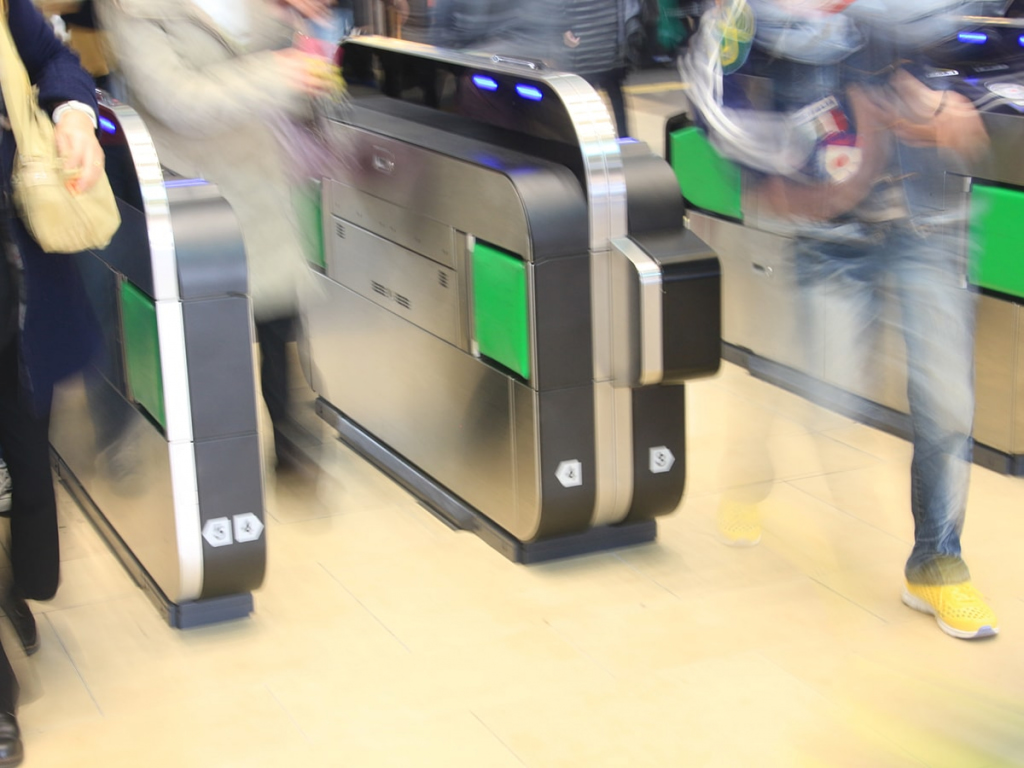The Japanese train system is so precise, you can almost set your watch by it. Barring some kind of natural disaster or accident, like unexpected snowfall or someone committing suicide by jumping on the tracks, your train is guaranteed to leave and arrive at the designated stations exactly when its schedule says it will. And if it’s more than a few minutes off, then the station will offer you a chienshomeisho (certificate of delay), so that you can prove to your boss that you’re late because the unthinkable happened and the trains weren’t running on time. (And you may get an apology if that train leaves early.)
But all that reliability comes at a price. Literally. Japanese train fares, while not exactly astronomical, are still fairly high, so it’s no surprise that fare evasion has become a growing problem in Japan.
What is surprising, however, is that one of the most elaborate acts of railroad fraud in recent years was committed by fans of a Japanese pop group, HKT48, who formed a nationwide network of illegal fare-dodging. The network, which boasted hundreds of members, was focused on helping fellow HKT48 fans travel great distances to the pop group’s events at a fraction of the cost.
Their type of scam is referred to as kiseru, and involved members only buying tickets for the first and last parts of their journey (with a bit of hiding in toilets on the Shinkansen in between so that the conductors didn’t catch them). The word kiseru comes from the name of a traditional Japanese pipe that consists of metal pieces on both ends and wood in the middle. The name is supposed to metaphorically describe the practice of only paying for your train fare on both ends of your journey, much like metal only covers the two ends of a kiseru pipe.
Other recent fare-evading tricks include a few scammers trying to print their own train passes at home in the hopes of fooling Japan Railways Group. Around the same time that the HKT48 gang was found out after one of their members messed up and tried to exit a station with his original ticket, an English teacher from Australia was arrested for trying to use a forged Japan Rail Pass. However, once a station attendant realized the pass’s color was slightly off, the culprit, one Karen Sattler, was detained and it was soon determined she had color-copied a legitimate pass in order to score a free ride on the bullet train.
A few other scammers have used a fare avoidance trick that allows them to shop at faraway stations for little to not cost. However, these people don’t actually exit the station at their end destination – they’re just heading to a faraway popular station where they shop for souvenirs within the station before returning to a station that’s adjacent to their start point. However, there are some countermeasures that protect Japan Railways Group against this trick. If someone is using a Suica card, they will only have two hours maximum to travel between adjacent stations.
Lastly, there’s of course the most popular of train scams: simply forcing one’s way through the automated ticket gates with an insufficient ticket, hoping that the station attendants won’t try to stop them. There are actually a lot of YouTube videos of Japanese people traveling to faraway stations with cheap tickets (which they needed to get onto the train in the first place) and then simply jumping the ticket gate. Since they usually do it during rush hour, it makes it all the easier for them to then disappear into the crowd and sprint towards the exit before they are discovered.
What the videos omit, though, are all the fare-evaders who do end up caught, arrested, fined, and in some cases even thrown in jail. So you shouldn’t follow their dumb example.









